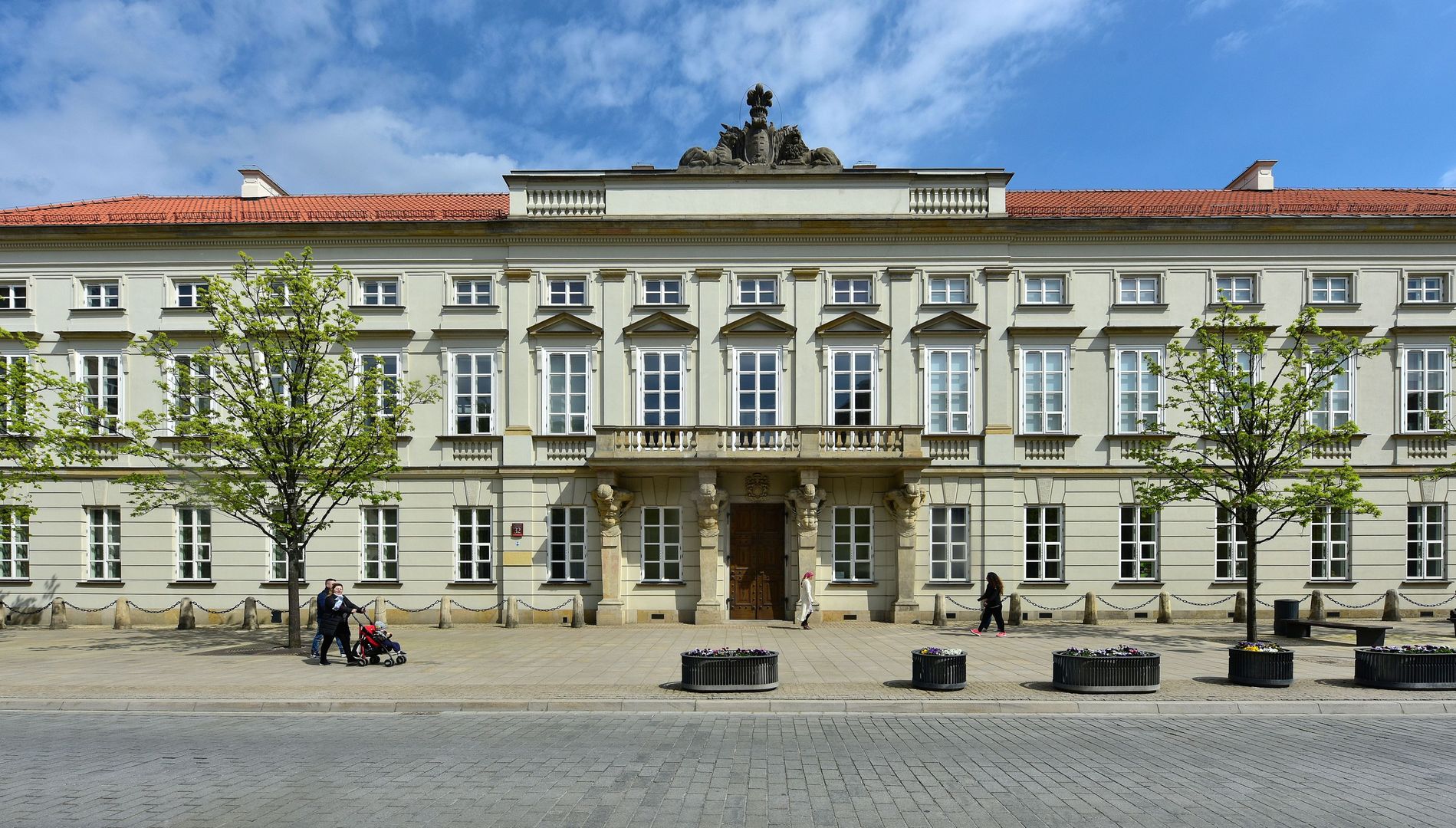Warsaw University Museum
7.12

Overview
The University of Warsaw Museum, housed in the classicist Tyszkiewicz Palace at 32 Krakowskie Przedmieście, plays a vital role in collecting and providing access to objects related to the history of the university. Its activities were inaugurated in 1980, and the collections were initially analyzed in the Kazimierz Palace before being moved to their current location in 2000. After renovations, since January 2015, the museum has featured a new permanent exhibition titled "The Eagle and the Five Stars of the University," dedicated to the 200th anniversary of the institution. The building is distinguished not only by its architectural features typical of classicism but also by its monumentality, which adds to its splendor. The museum regularly organizes temporary exhibitions, many of which focus on themes related to the history of Warsaw and the University. Notable exhibitions include "Michelangelo in Warsaw" and "The Return of the Eagle: The Role of the University of Warsaw in Building Polish Statehood," highlighting the university's connection to the nation's history. The museum's origins date back to the 18th century when artworks began to be collected for the future University of Warsaw. In 1817, the Faculty of Sciences and Fine Arts was established, and the museum operated under various organizational frameworks until 1831, when the university was closed by Russian authorities. Efforts to create a permanent museum institution began in the 19th century, with significant collections, such as the Museum of Antiquities, contributing to its development. Today, the museum holds tens of thousands of exhibits, including sculptures, paintings, medals, and a photographic archive containing over 10,000 images, illustrating the unique and dramatic history of the university. The University of Warsaw Museum also hosts the annual event "Chopin's Name Day" and various lectures on the university's history, making it an important center of cultural life in Warsaw. It is worth noting that part of the collection is available digitally, allowing broader public access to the university's cultural heritage.
Location
Tickets
Powered by GetYourGuide
2025 Wizytor | All Rights Reserved